1980s Soviet Union candid photos
The 1980s marked a fascinating era for candid photography in the Soviet Union, a time when photographers sought to capture the unvarnished truths of everyday life.
As the Iron Curtain loomed, these intrepid artists found ways to document the world around them, often in secret. Their work provided a window into the lives of ordinary people, offering glimpses of joy, struggle, and resilience in a society often shrouded in mystery.
Capturing Everyday Life: Streets, Markets, and Public Spaces
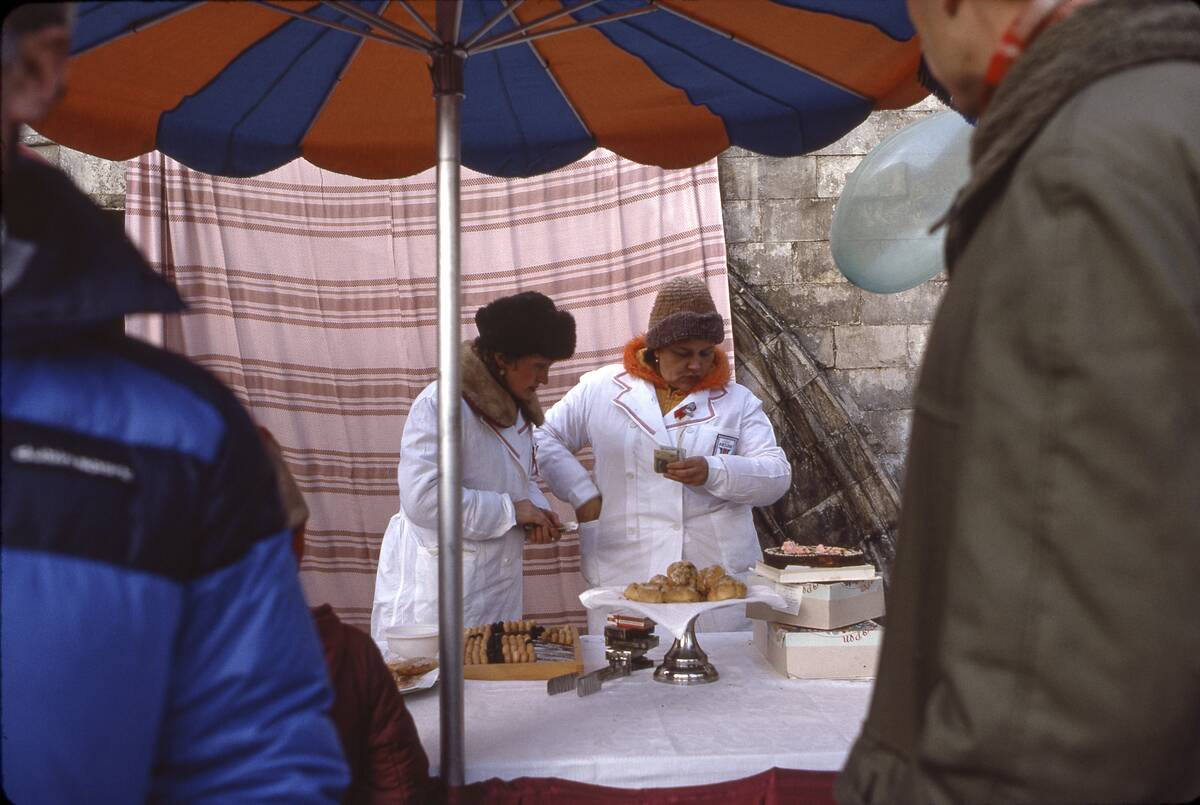
Streets and markets were vibrant hubs of daily life, bustling with activity and rich in photographic opportunities. Photographers sought to encapsulate the essence of these public spaces, capturing scenes of people going about their routines.
From the animated chatter of market vendors to the quiet moments of contemplation on park benches, these images told stories of resilience and community, painting a vivid picture of life in the Soviet Union’s urban landscapes.
Soviet Fashion: A Unique Blend of East and West
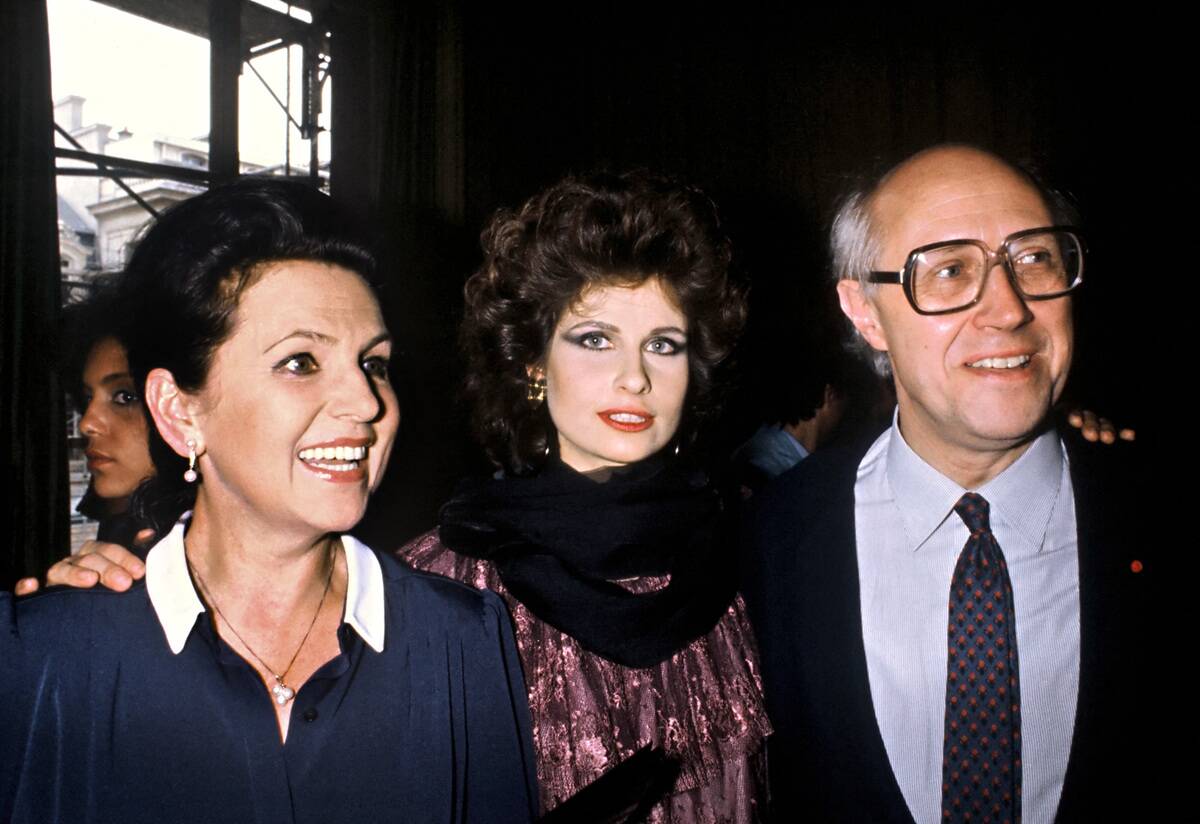
Fashion in the Soviet Union was a fascinating mix of influences, blending traditional styles with elements borrowed from the West. Despite shortages and restrictions, Soviet citizens displayed creativity and ingenuity, often making their own clothing or altering available items to reflect personal style.
Photographers captured this unique fashion landscape, where colorful headscarves met Western jeans, illustrating a society that was both constrained by and resistant to its environment.
Leisure and Recreation: Snapshots of Soviet Pastimes
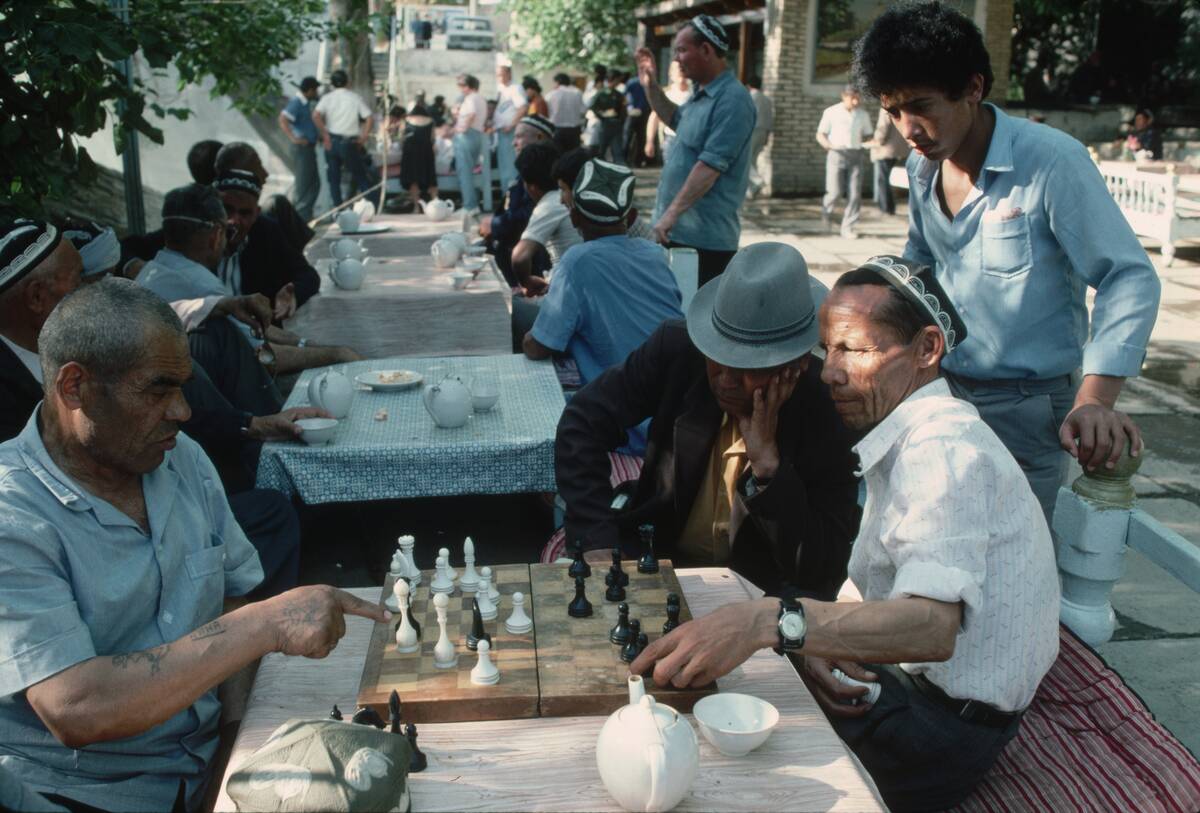
In their leisure time, Soviets engaged in a variety of activities that provided relief from the rigors of daily life. Photographers captured scenes of people enjoying picnics in the countryside, playing chess in public squares, and partaking in communal dances.
These images revealed a society where camaraderie and simple pleasures were cherished, offering a glimpse into how people found joy and relaxation amidst the challenges of life under Soviet rule.
Family Life: Candid Moments in Soviet Homes
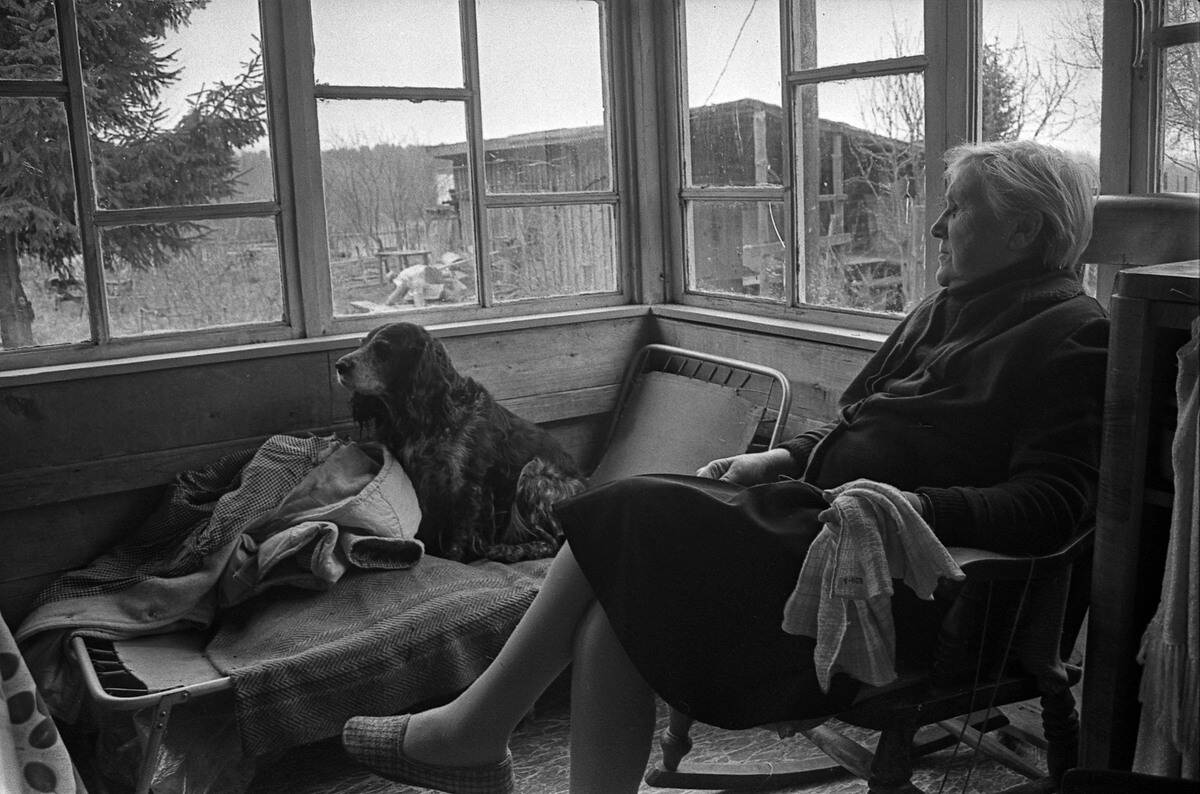
Within the walls of Soviet homes, family life unfolded with moments of tenderness and togetherness. Photographers captured candid scenes of everyday domesticity, from shared meals around the table to the quiet moments of children playing.
These images offered an intimate look into the private lives of Soviet citizens, revealing the warmth and love that thrived even in the face of external pressures and uncertainties.
Celebrations and Festivals: Capturing Joy and Tradition
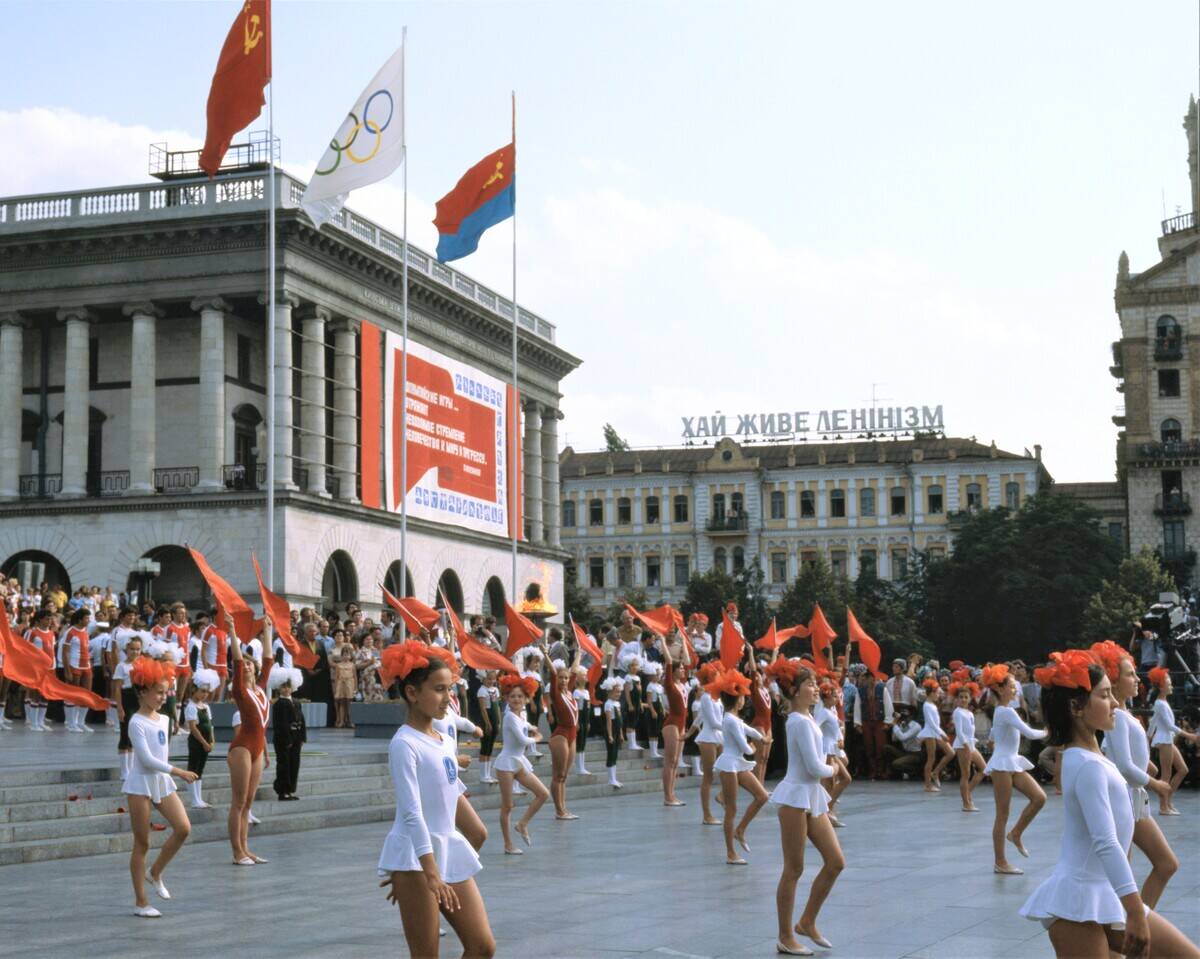
Soviet celebrations and festivals were vibrant affairs, steeped in tradition and community spirit. Photographers documented these joyful occasions, capturing the lively dances, colorful costumes, and festive gatherings that brought people together.
Whether celebrating a national holiday or a family milestone, these events were moments of collective joy and cultural expression, providing a rich tapestry of photographic opportunities that highlighted the enduring spirit of the Soviet people.
The Soviet Youth: A Generation on the Brink of Change
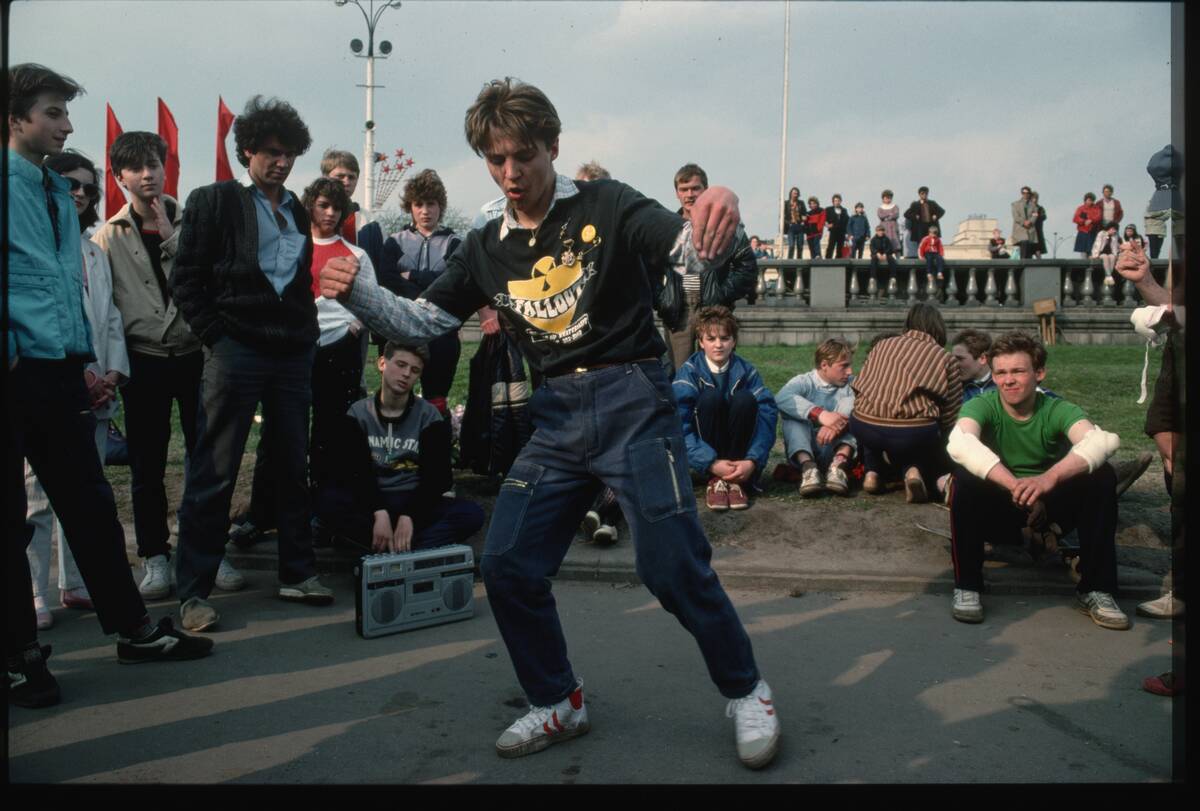
The youth of the Soviet Union in the 1980s were a generation on the cusp of change, grappling with the tensions of tradition and modernity. Photographers captured images of young people exploring new music, fashion, and ideas, often influenced by Western culture.
These candid shots revealed a generation eager for change and self-expression, embodying a spirit of rebellion and hope in a society that was beginning to open up to the rest of the world.
Work and Industry: The Backbone of Soviet Life
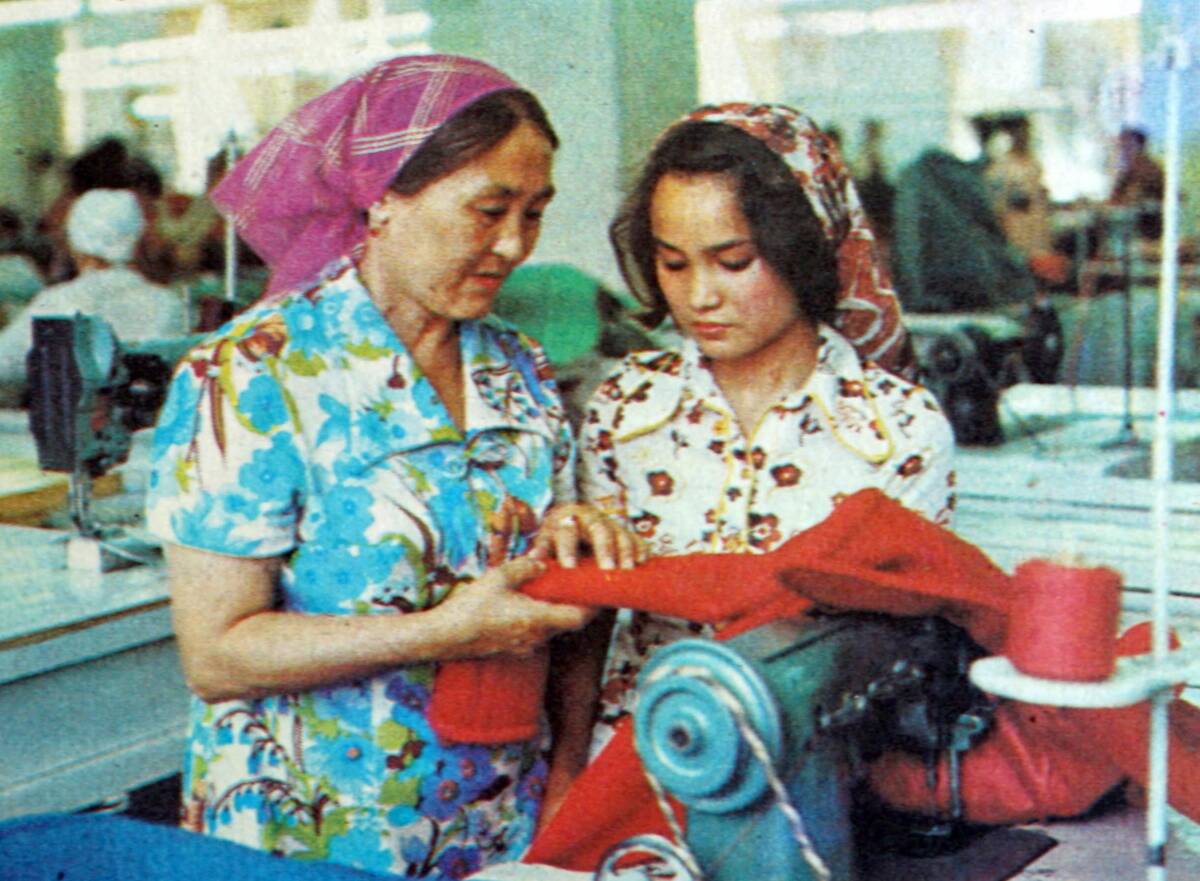
Work and industry formed the backbone of Soviet life, with a focus on communal efforts and productivity. Photographers documented the daily routines of workers in factories, fields, and offices, capturing the rhythm and toil of Soviet labor.
These images highlighted the importance of work in Soviet society, reflecting both the pride and challenges faced by workers as they contributed to the nation’s progress and development.
Rural vs. Urban: Contrasting Lifestyles Through the Lens
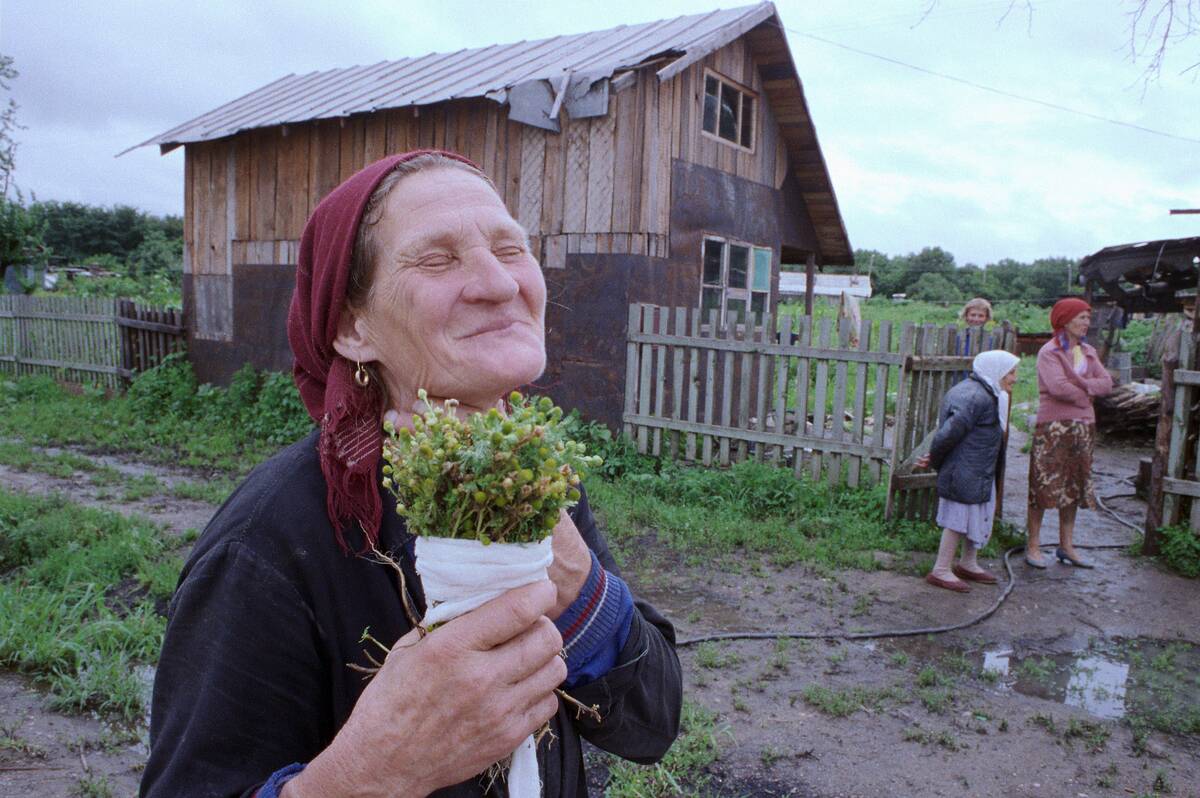
The contrast between rural and urban life in the Soviet Union was stark, offering photographers a rich tapestry of stories to tell. In urban areas, bustling streets and towering apartment blocks defined the landscape, while in rural regions, life moved at a slower pace amidst vast fields and traditional homes.
Photographers captured these differences, showcasing the diverse lifestyles and environments that coexisted within the vast Soviet territory.
The Influence of Soviet Art and Propaganda on Photography
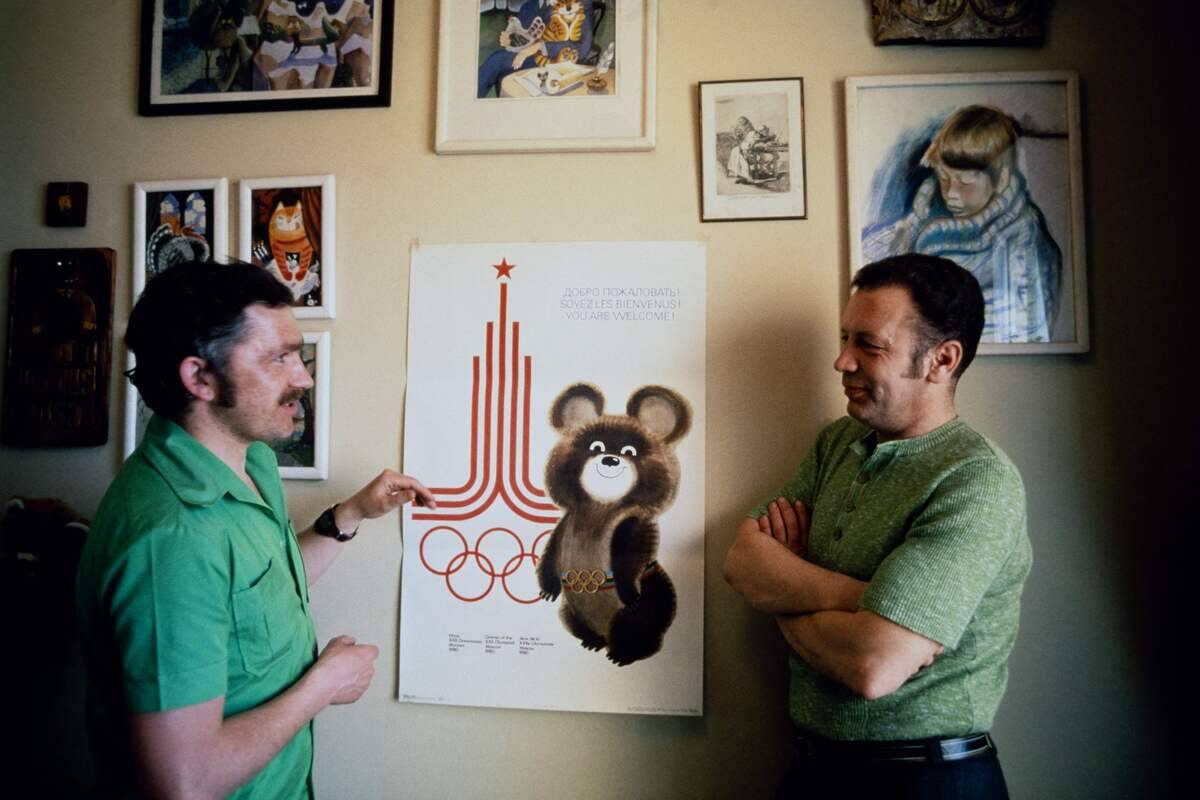
Soviet art and propaganda had a profound influence on photography, shaping its themes and aesthetics. Photographers often navigated a landscape where artistic expression was intertwined with political messaging.
Despite these constraints, many found ways to infuse their work with subtle commentary and personal vision, blending official themes with individual creativity. This interplay between art and propaganda created a unique visual language that continues to intrigue and inspire.
Famous Soviet Photographers of the 1980s
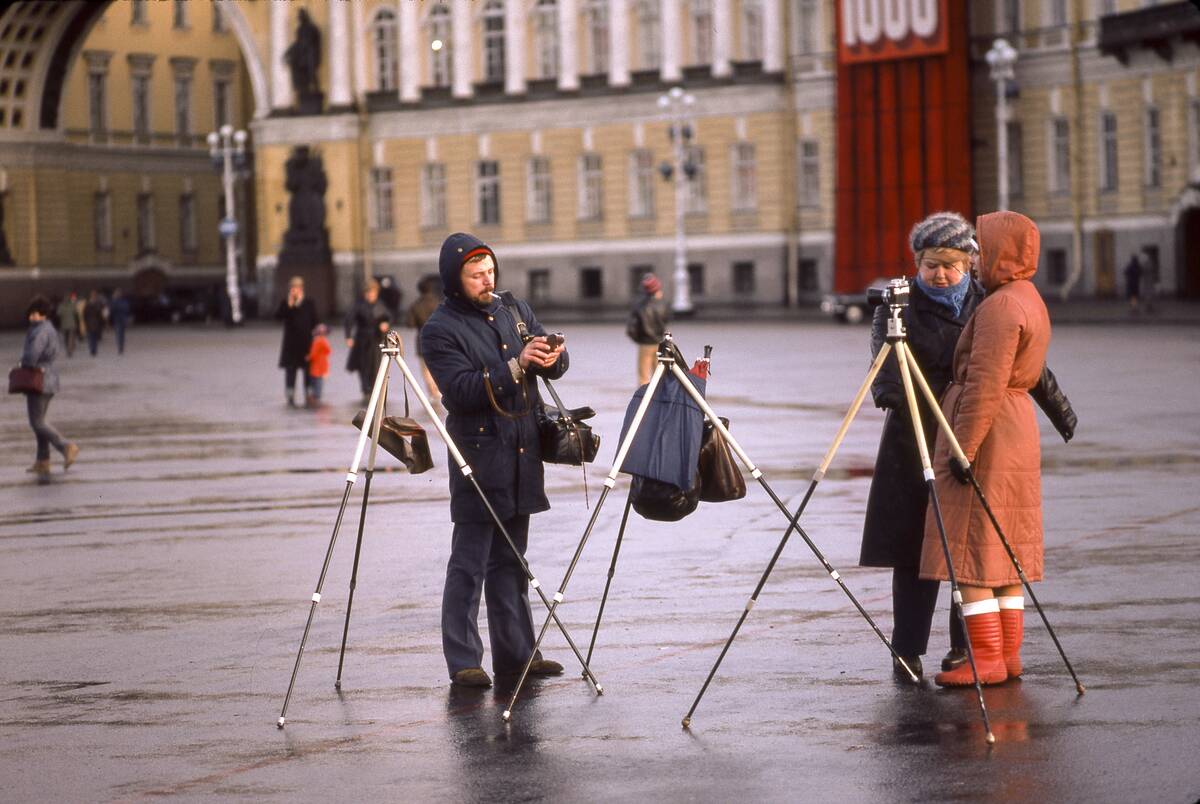
The 1980s saw a number of Soviet photographers rise to prominence, each bringing their unique perspective to the art form. Notable figures like Vladimir Lagrange and Yuri Abramochkin captured iconic images that documented the era’s complexities.
Their work ranged from intimate portraits to sweeping landscapes, offering a diverse and compelling visual record of Soviet life. These photographers not only chronicled history but also pushed the boundaries of photographic art in a restrictive environment.
The Impact of Glasnost and Perestroika on Photography
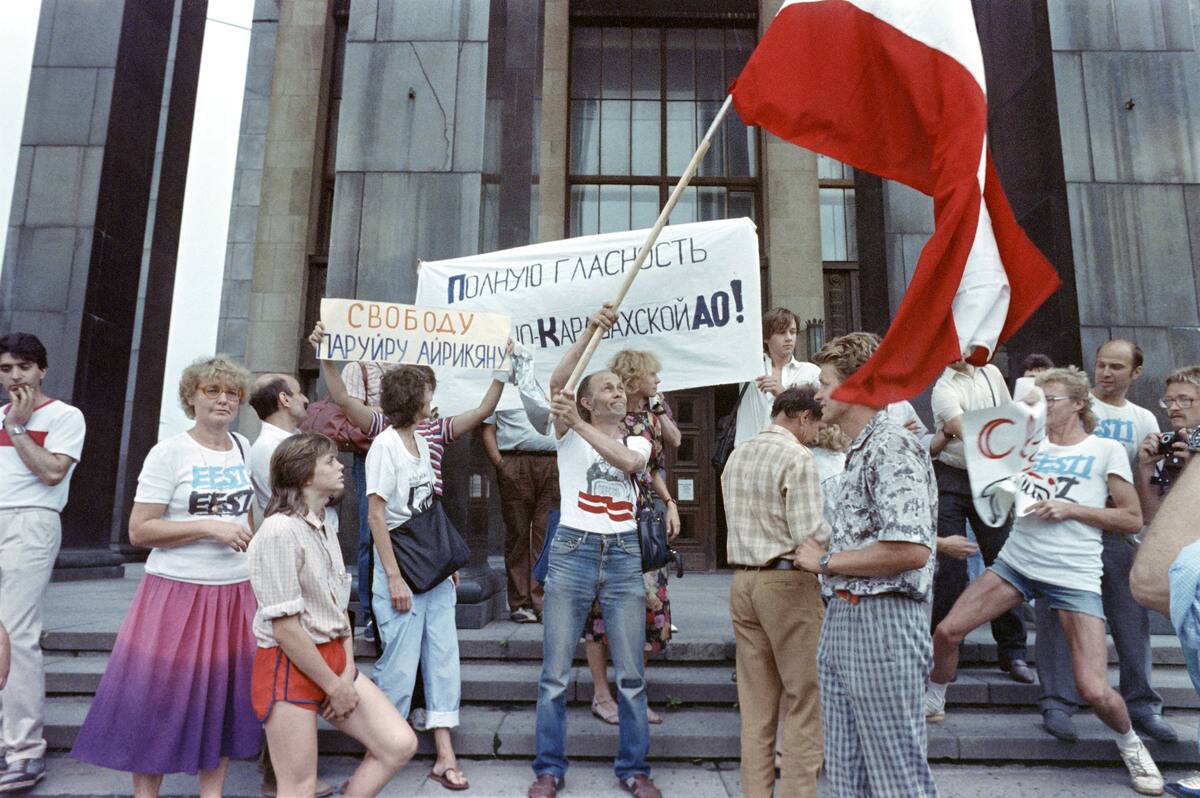
The policies of Glasnost and Perestroika in the late 1980s brought significant changes to Soviet photography. As the state loosened its grip on media and expression, photographers enjoyed greater freedom to explore new subjects and styles.
This period saw a flourishing of creativity, with photographers capturing a society in transition. The newfound openness allowed for more candid and diverse representations of Soviet life, paving the way for a richer and more nuanced photographic legacy.



